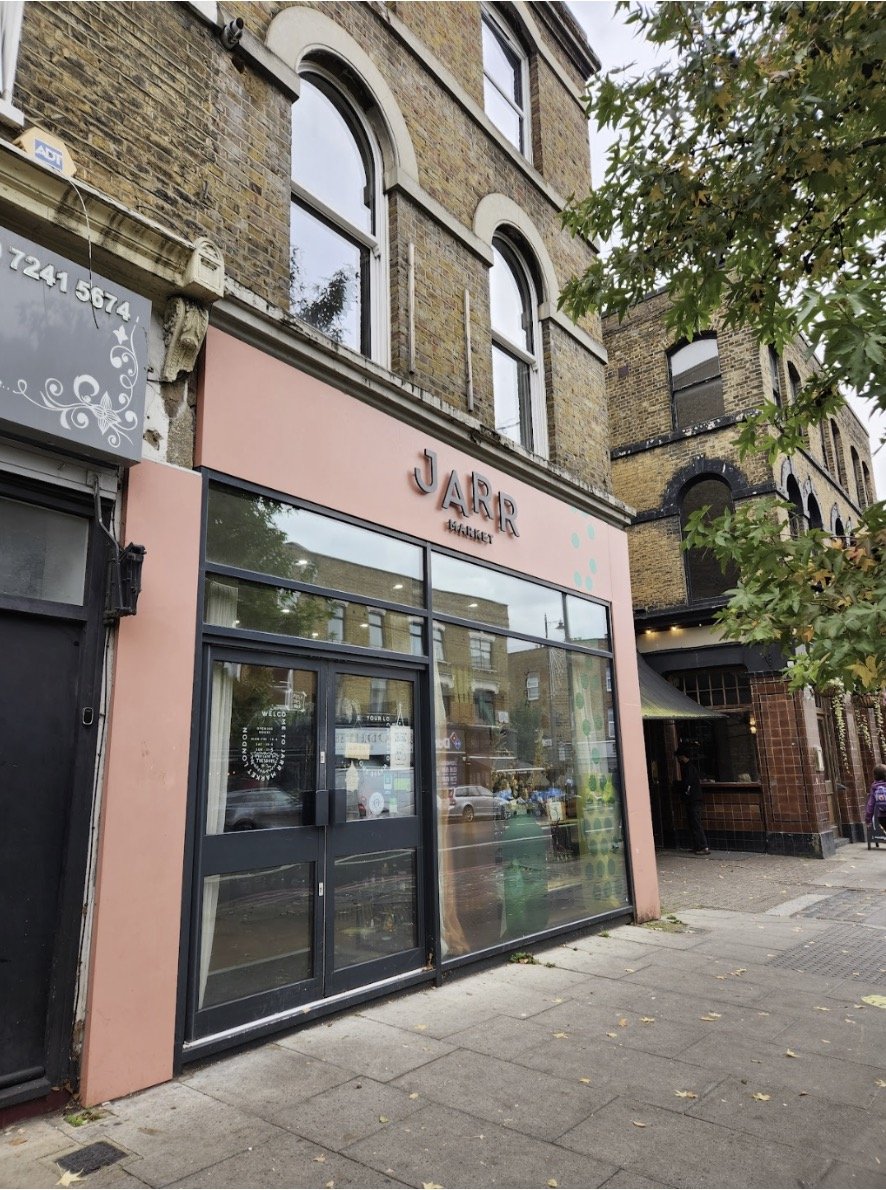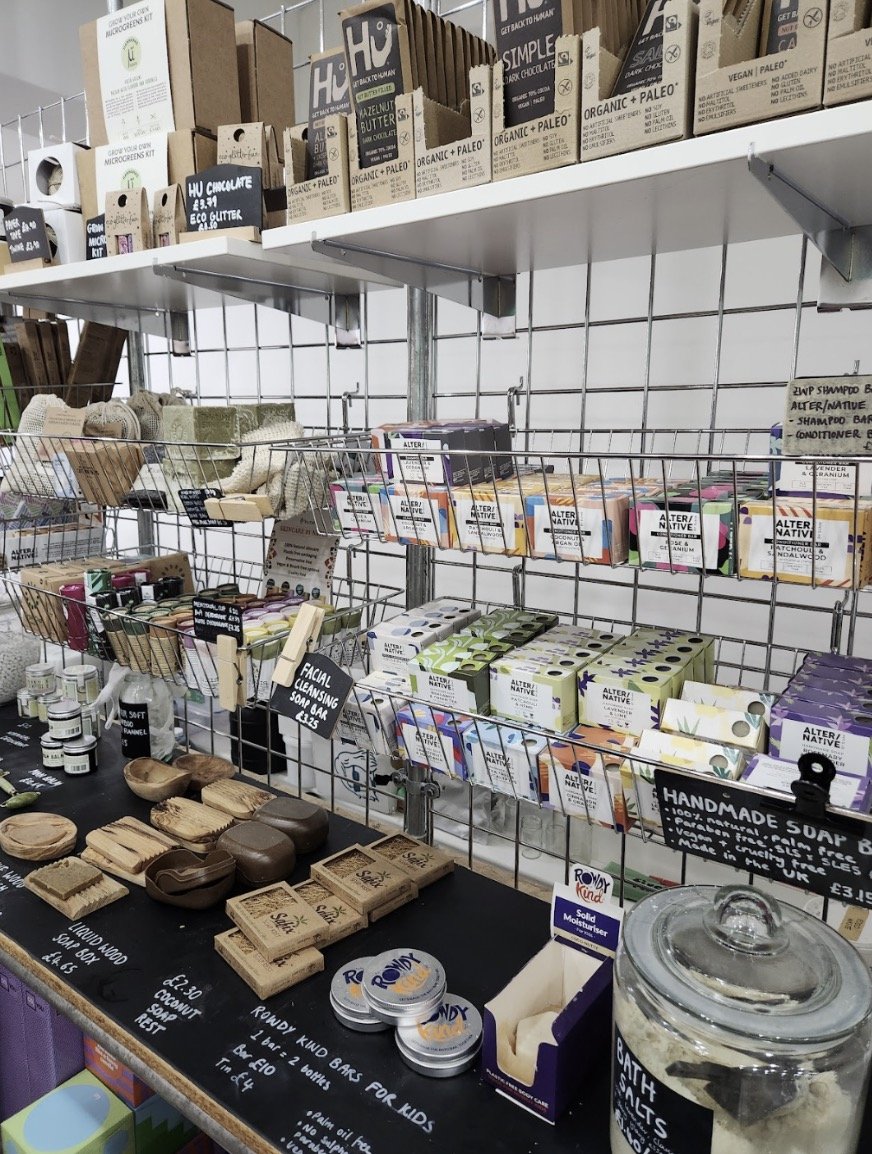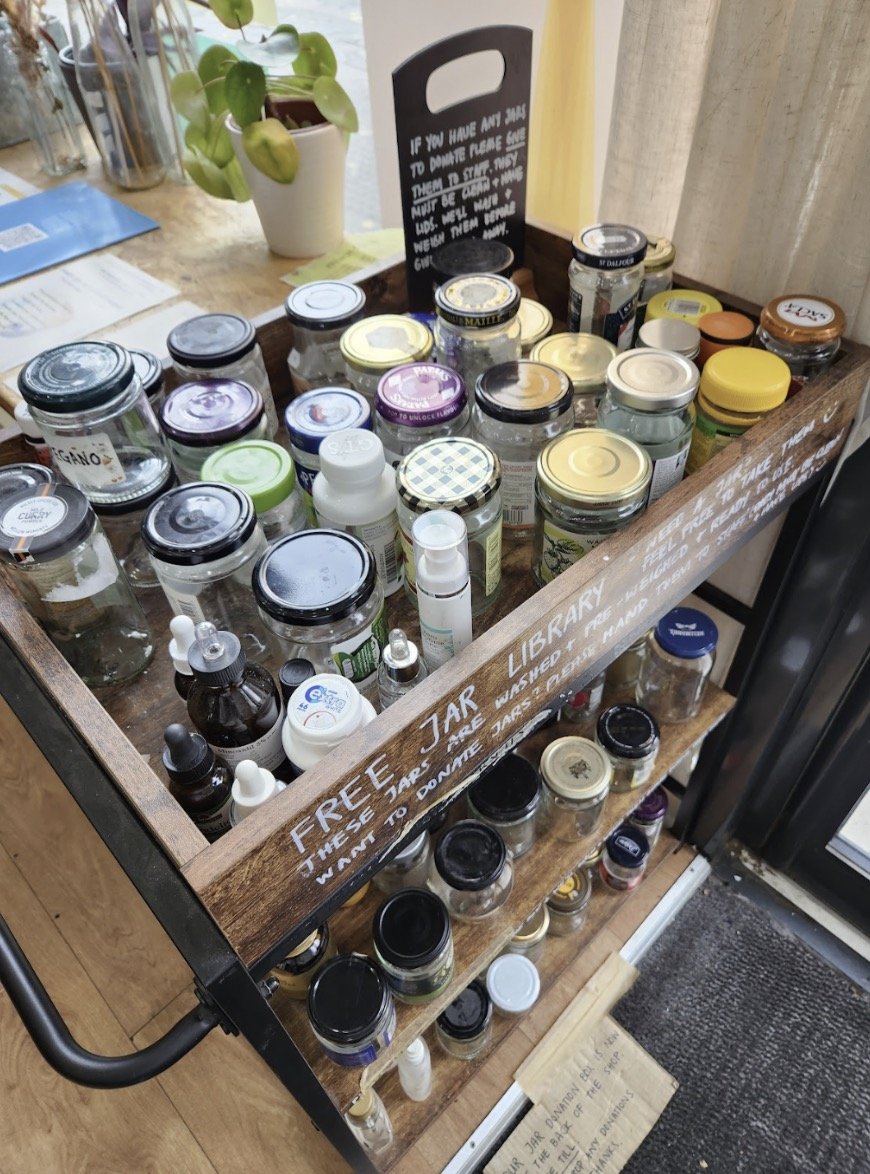Learn how Londoners are Changing Purchasing Habits to Curb Plastic Waste
Whether it’s the post-exam boba or the trip to Italy, your purchase impacts sustainability. Especially in cities like London, small purchasing habits can result in massive plastic waste. A prominent reason for this is single-use products.
Single-use products, mostly made of plastic, are not designed or intended for reuse. A popular example of this is plastic bottles. Each year, around 7.7 billion plastic bottles are bought across the UK. The Mayor of London reported that adult Londoners buy more than three plastic bottles per week on average. If you do the math, that is 175 bottles every year per adult Londoner!
Single-use plastic waste also comes from everyday consumption like shampoo, gummies, and pasta. The North London Waste Authority (NLWA) found that UK households throw out approximately 100 billion pieces of plastic packaging annually. Most of these are single-use, and North London households alone throw over 46 million pieces of plastic each week. That’s more than 717 soccer fields!
Likewise, our habitual consumption of single-use plastic aggregates substantial plastic waste. Switching to reusable alternatives can reduce carbon footprint by 457kg (1007.51 lb) per year. This has proven to be many Londoners’ interest as approximately 63% would stop buying bottled water if access to free refilling stations were guaranteed.
To explore single-use product alternatives in London, I visited Jarr Market, a zero-waste shop changing grocery habits! Jarr Market is a pleasant 20-minute walk from Dalton Kingston station. Stepping in, I was amazed by the variety of refillable, ethically sourced items and the volume of people.
“We just want to save plastic and it’s already been five years,” smiled Emily, a staff member passionate about sustainable purchases. Emily explained how the store buys bulk stock while offering customers free jars to reduce single-use plastic packaging. The donated free jars encouraged people randomly entering the store to walk out with zero-waste shopping. During my purchase, she showed how prices were determined per gram: "You just place your refilled jar on the scale, and we discount the mass of the jar.”
Emily proudly mentioned that Jarr is local with returning customers. This was easily recognizable as most customers had more than ten refilled jars. “It’s definitely nice to use refill containers and not, just, throw them away,” Cathy, a loyal customer in her 50s, attested. Cathy has been shopping at zero-waste stores since before the pandemic. She explained how slowly changing grocery habits helped her eliminate bags of single-use plastic. That day she had brought her friend Elizabeth to join this lifestyle. “It’s my first time here,” Elizabeth laughed, “but I love it!”
Undeniably, single-use products are more convenient and in shorter reach—I had to trek 40 minutes back home. Cathy’s story, however, proves that overcoming these inconveniences can eventually reform purchasing habits to reduce single-use plastic. Having this in mind, I left the store with a lingering experience, learning to rethink my subconscious single-use consumption.
If visiting a zero-waste store sounds too daunting, how about starting with a refillable bottle? I’m sure it can lead to bigger changes in single-use plastic consumption, just like it did for Cathy!





